While Greece is intricately connected with antiquity and the landmarks of bygone eras, the 19th-century Greek art scene offers a vibrant tapestry of creativity and historical significance that often goes underappreciated. Far from just a footnote in the annals of Greek history, the art produced during this period serves as a poignant reflection of the nation’s tumultuous journey towards independence and its emergence onto the global stage. From stirring depictions of heroic battles to nostalgic portrayals of everyday life, 19th-century Greek art captures the essence of a nation in flux, navigating the complexities of modernization while holding steadfast to its ancient roots.
During your visit to Athens, visit the National Gallery’s permanent collection and delve into the multifaceted layers of Greek artistry, from pre-independence stirrings to post-independence renaissance.
The Different Eras
The Pre-Independence Era (Early 19th Century)
Before the dawn of the Greek War of Independence in 1821, Greek art bore the hallmarks of Neoclassicism, reflecting the country’s rich classical heritage. Artists drew inspiration from ancient mythology, historical narratives, and portraiture, laying the groundwork for the artistic fervor that would soon engulf the nation.
The Era of Independence (1821-1829)
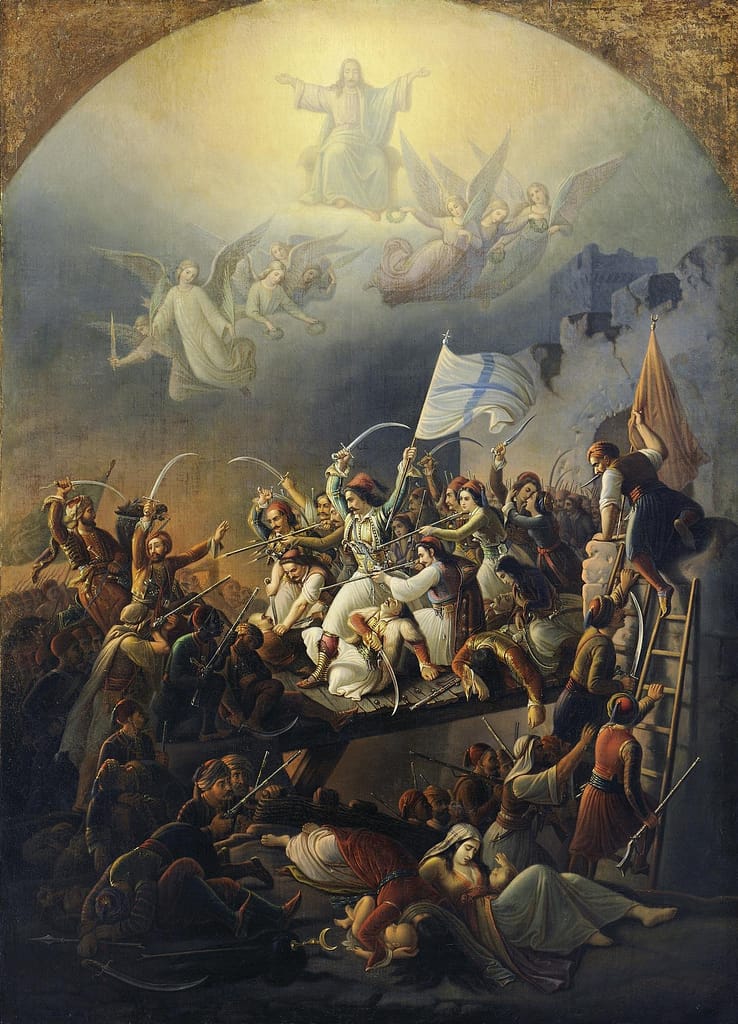
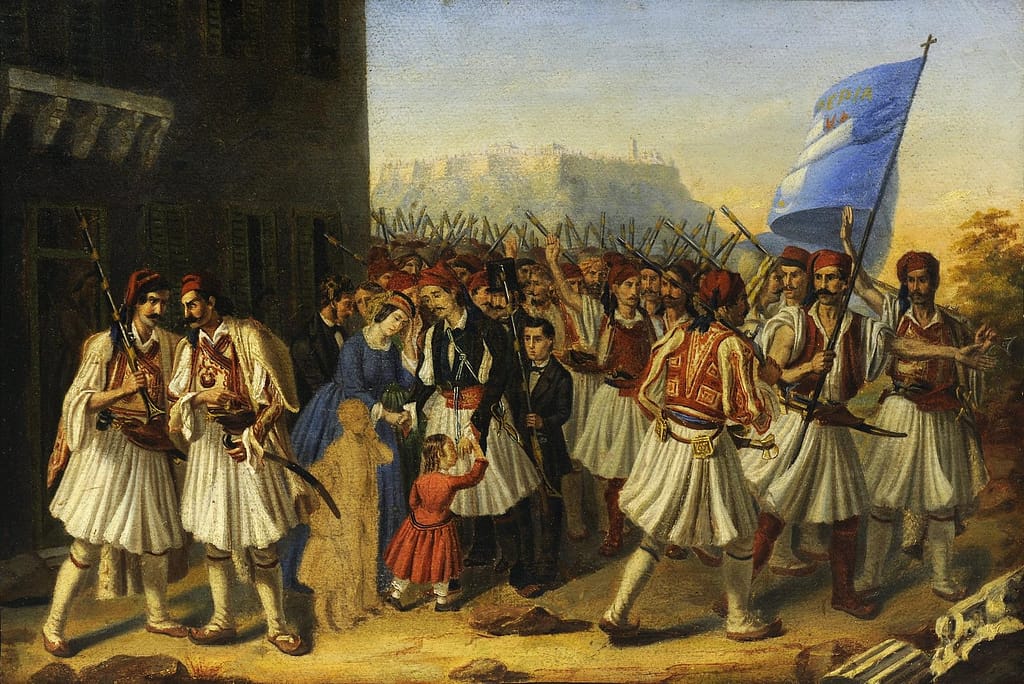
As Greece waged its arduous struggle for freedom, art emerged as a potent weapon in the battle for national consciousness. Greek artists Theodoros Vryzakis, Dionysios Tsokos, among others, captured the tumultuous spirit of the revolution on canvas, immortalizing the heroic deeds and sacrifices of the Greek people. The painting “The Exodus of Missolonghi” by Theodoros Vryzakis , depicts the tragic exodus of the besieged city, showcasing his mastery of historical narrative and emotional depth. The “Triumphal Entry of Othon and Amalia in Athens” by Dionysios Tsokos portrays the grandeur and jubilation of the royal couple’s arrival in the newly liberated Athens, serving as a testament to the nation’s triumph over oppression and tyranny.
Post-Independence Renaissance: (1830s-1850s)
With the establishment of the modern Greek state in 1830, a renaissance of art unfolded, fueled by newfound optimism and a longing for cultural resurgence. Academic influences from European art centers, particularly Munich, Germany, permeated Greek artistic circles, shaping the stylistic evolution of painters and sculptors. The founding of the School of Fine Arts in Athens in 1837 marked a pivotal moment in the institutionalization of artistic education, providing aspiring talents with formal training and exposure to international trends.
Munich School Influence (Late 19th Century)
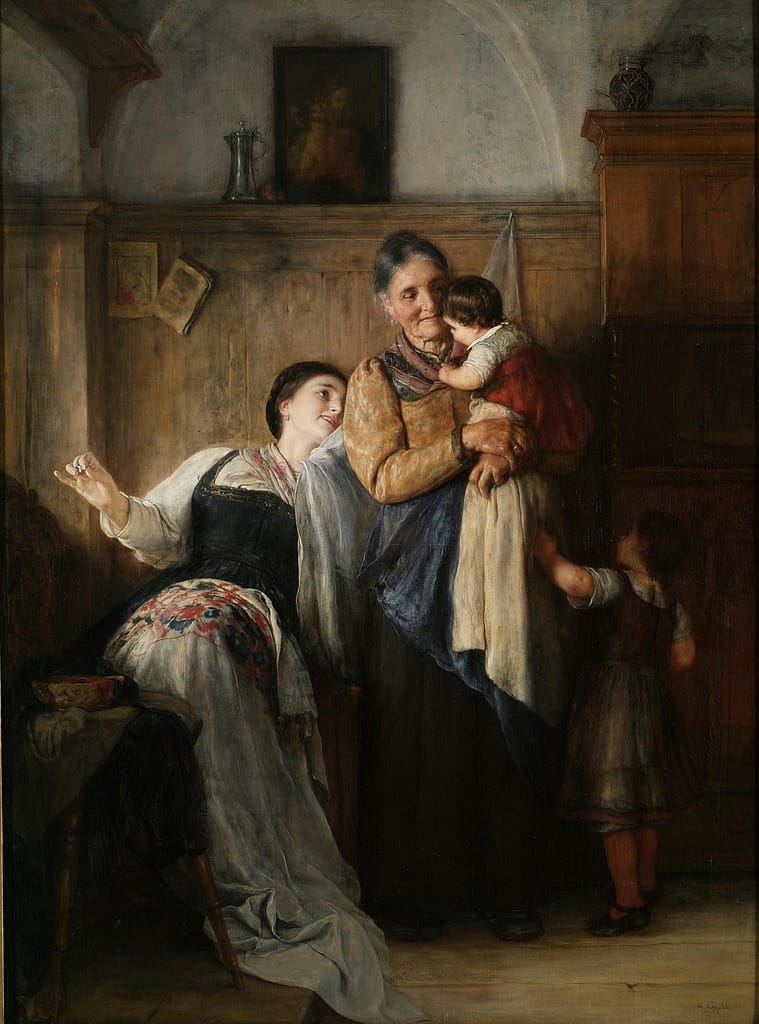
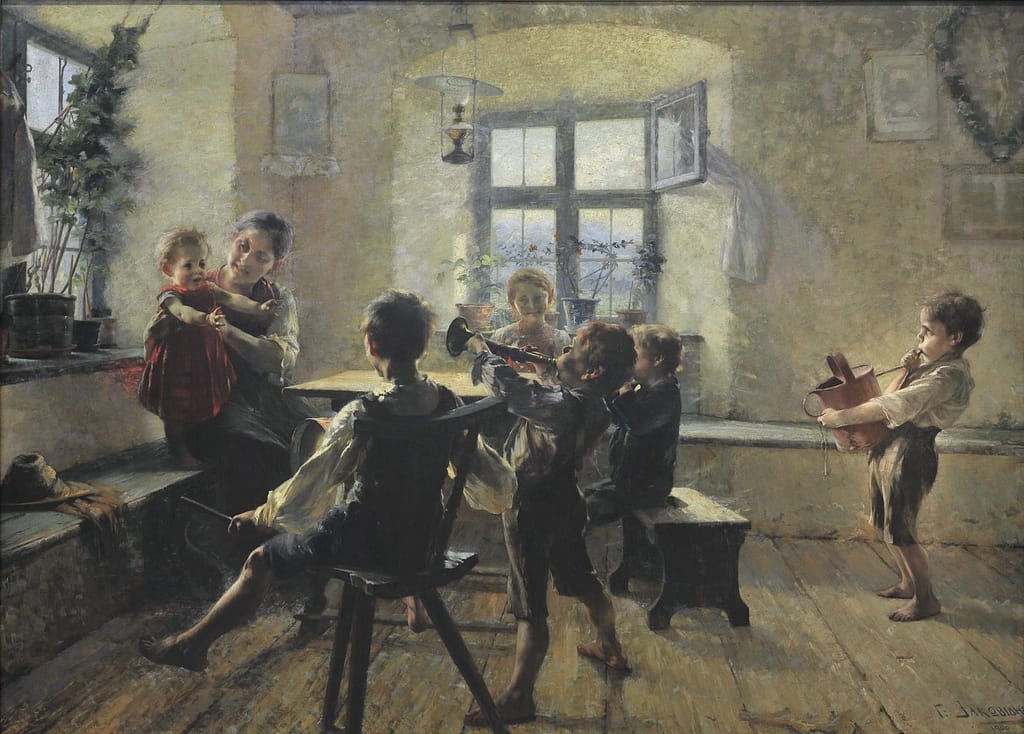
The Munich School of painting exerted a profound influence on Greek artists of the late 19th century, revolutionizing the artistic landscape with its fusion of academic rigor and romantic idealism. Nikolaos Gyzis, hailed as the epitome of Greek romanticism, delved into the realms of myth and fantasy, infusing his works with emotional depth and symbolic imagery. His masterpiece, “Peek-a-boo,” resonated with audiences for its whimsical charm and playful exploration of childhood innocence. Georgios Jakobides, a virtuoso of genre painting, captured the essence of everyday life with unparalleled sensitivity and realism. His canvases, brimming with domestic scenes, pastoral landscapes, and intimate portraits, offered glimpses into the joys and sorrows of Greek society, forging an emotional connection with viewers across generations. “The Children’s Concert,” one of his most iconic works, epitomized the innocence and purity of childhood, evoking feelings of nostalgia and wonder.
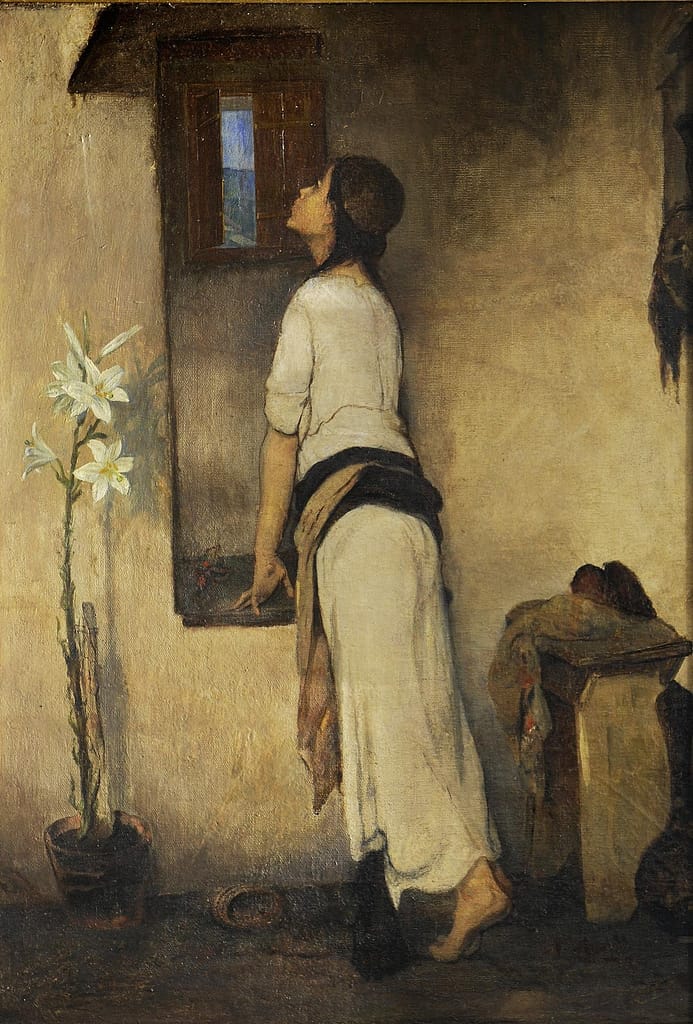
Nikiforos Lytras, a master of historical painting, meticulously recreated scenes from Greek mythology, ancient history, and folklore, imbuing them with a sense of grandeur and majesty. His canvases, characterized by intricate detail and narrative complexity, transported viewers to distant realms of heroism and valor, instilling a profound appreciation for Greece’s rich cultural heritage. Through works like “Awaiting,” Lytras captured the quiet anticipation and contemplative mood of his subjects.
From the prelude of independence to the zenith of creative expression, Greek artists of this era forged a legacy that transcended borders and resonated with the universal human experience. Their paintings, imbued with passion, patriotism, and profound insight, continue to inspire and uplift audiences around the world, serving as enduring symbols of Greece’s enduring spirit and cultural vitality.
National Gallery
Address: 50 Vasileos Konstantinou St, 116 34, Athens
OPENING HOURS: M-W-Th-F-S-S : 10:00 – 18:00 / Tuesday: Closed General Admission: 10 €/ Reduced entry ticket: 5€ (Permanent Exhibition)
Tickets: Buy online here
Security – X-ray scanner for baggage inspection at the museum entrance.
Check the National Gallery website for more information on special Bank Holidays and information of beneficiaries for reduced or free admission.




